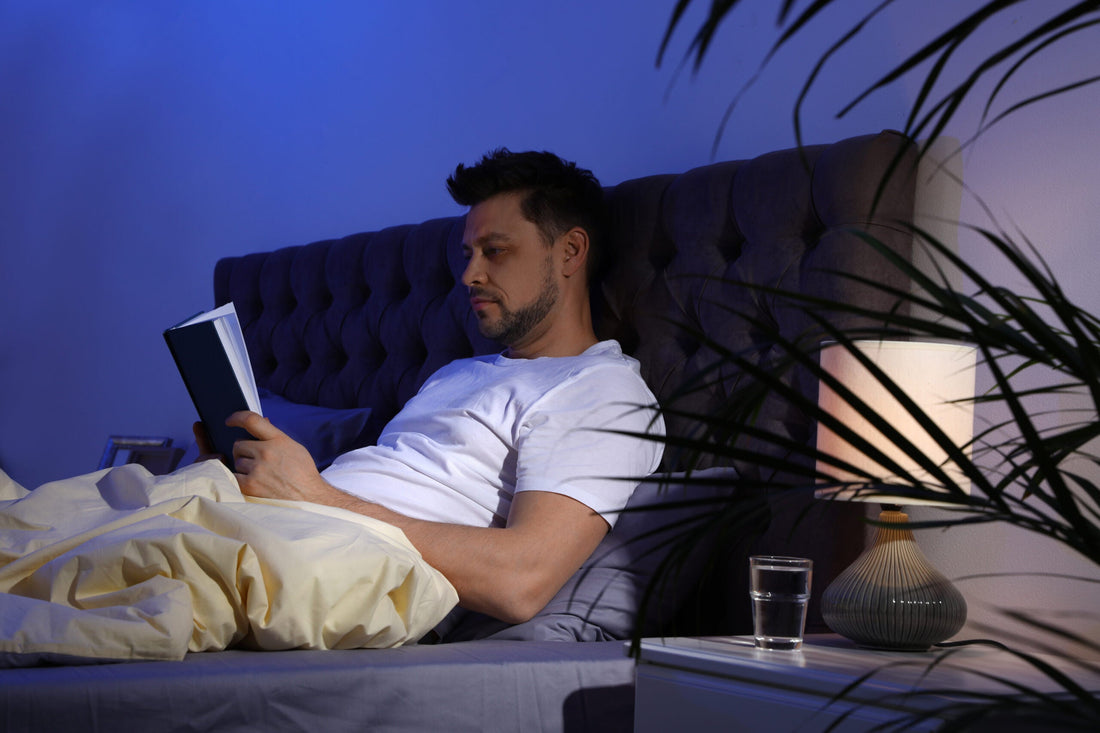How to Create the Ultimate Wind-Down Routine (Backed by Science)
In the pursuit of peak performance, most people focus on what they do during the day—but few realize that winning tomorrow starts tonight. The hour before bed sets the tone for your sleep quality, energy, and mental clarity. In fact, world-renowned neuroscientist Dr. Andrew Huberman says, “Sleep is the foundation of mental and physical health and performance in all endeavors.”
So if you want to wake up recharged and razor-sharp, a solid wind-down routine isn’t optional—it’s essential.
Why Your Brain Needs a Wind-Down Window
According to Dr. Matthew Walker, bestselling author of Why We Sleep, one of the biggest mistakes people make is trying to “slam on the brakes” and go straight from stimulation to sleep. Your brain needs time to gradually shift from alertness into rest mode, and skipping that transition delays melatonin release, fragments sleep, and wrecks your focus the next day.
In a study published in the Journal of Clinical Sleep Medicine, people who followed a consistent nighttime routine fell asleep faster, stayed asleep longer, and reported better mental performance during the day.
The Science-Backed Formula for Better Nights
Here’s how to create your own high-performance wind-down routine—based on real neuroscience:
1. Set a Digital Sunset (2 Hours Before Bed)
Bright screens emit blue light in the 400–550nm range, which suppresses melatonin—the hormone that tells your body it's time to sleep. Dr. Huberman recommends using blue light blocking glasses in the evening to filter out disruptive light while still living your life. Nuvana’s night glasses are specifically engineered to block 99% of blue light in this range, helping your body naturally shift into sleep mode.
2. Dim the Lights
Lowering indoor lighting signals to your brain that nighttime is approaching. Swap out harsh white lights for warmer hues, or use dimmers and candles to create a relaxing atmosphere. As Huberman says, “Your environment tells your biology what time it is.”
3. Embrace Stillness
Journaling, deep breathing, or simply reflecting in silence helps the nervous system downshift from fight-or-flight into rest-and-digest. Just 10 minutes of breathwork or gratitude journaling can lower cortisol levels and help you fall asleep faster.
4. Keep It Consistent
The body craves rhythm. Going to bed at the same time every night—even on weekends—reinforces your circadian clock and boosts sleep quality. Aim to start your wind-down ritual at the same time each night to train your brain for rest.
5. Eliminate Stimulants and Stressors
Cut caffeine after 2 PM and avoid heated discussions or intense workouts late at night. These stimulate the brain and spike adrenaline, making sleep harder to reach and less restorative.
Upgrade Your Routine with Nuvana
The right tools can make all the difference. Nuvana’s blue light blocking glasses are designed for modern high achievers—filtering harmful light, reducing eye strain, and supporting melatonin production without sacrificing style or comfort.
Pair them with a calm, consistent evening ritual, and you’ll unlock the sleep you need to lead with energy, clarity, and focus.
Because peak performance doesn’t start when the alarm rings—it starts the night before.
